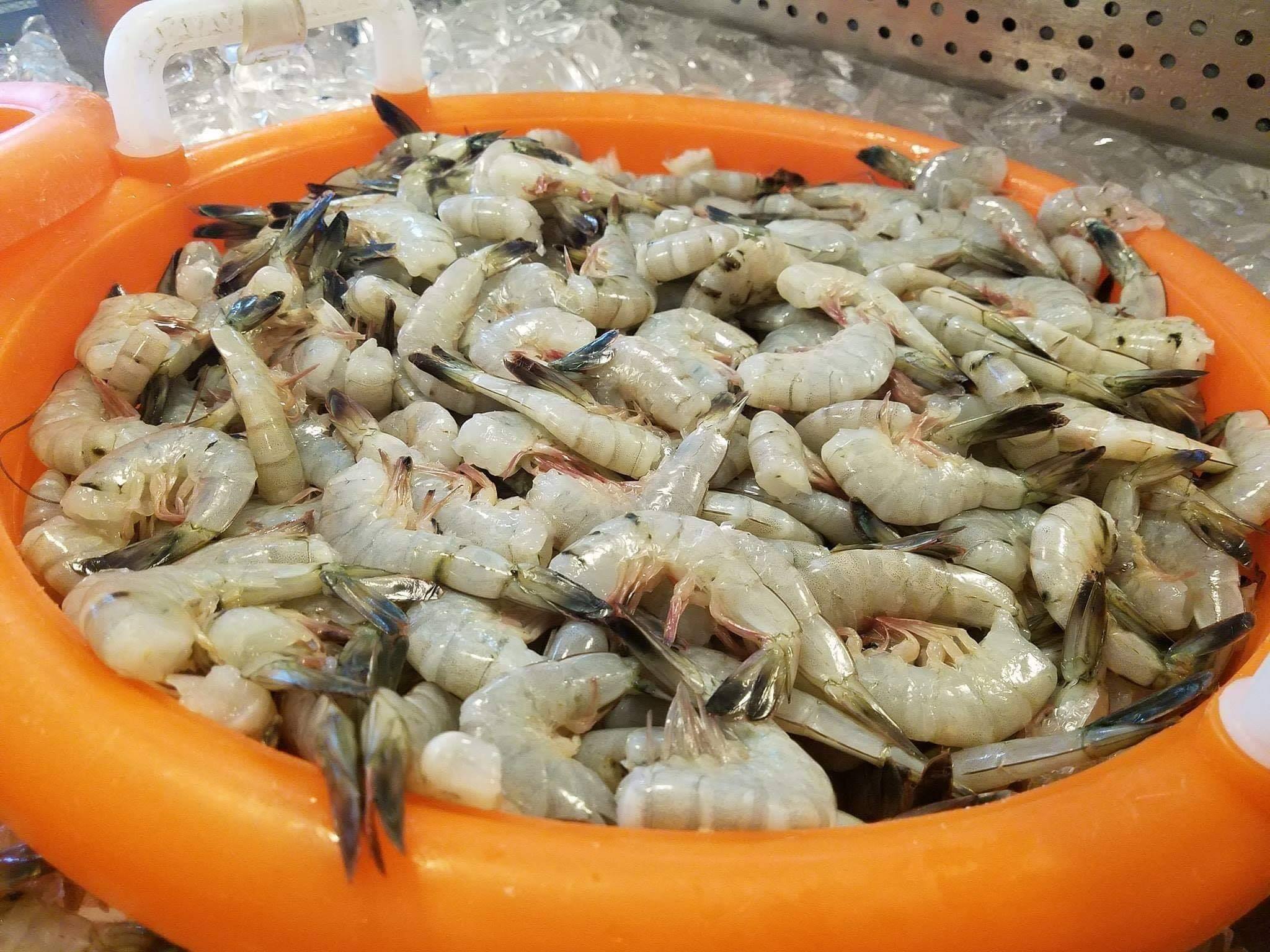There’s something positively Lowcountry about watching shrimp boats trawling our coastal waters. Shrimping has been an important part of our culture in Beaufort and all of South Carolina since long before anyone can remember.
In fact it’s been a labor of love for fishermen since before the Civil War and is still alive and kicking today with a thriving market served by dedicated commercial fishermen in the Palmetto State.
Shrimp are America’s most valuable and most popular seafood. South Carolina is home to three species of shrimp: brown shrimp, white shrimp, and pink shrimp. Brown and white shrimp are more common than pink shrimp, but all three taste the same.
History
Subsistence fishing for shrimp was practiced by coastal native Americans. This practice was passed on to early European settlers and remained mostly a subsistence fishery through the Civil War. Limitations of preservation and transportation of shrimp kept the industry from developing further than supplying local markets during the seasons when shrimp were available.
In fact, during the period from the Civil War to the late 1940s, shrimp were primarily marketed as a canned product. Lots of seafood varieties were canned back then including oysters and crab. As refrigeration and rapid transportation became more available, the emphasis shifted to fresh and frozen product. And, the modern commercial shrimping industry was born.
In 1880, the U.S. Bureau of Fisheries began to record landings of shrimp in the southeastern U.S., including South Carolina. The primary method of collecting shrimp during this period was through the use of haul seines and cast nets.

In the 1890s, the otter trawl, a cone shaped net pulled behind a boat, was developed and its widespread use began between 1910 and 1920. By the late 1920s, the otter trawl, in conjunction with powered vessels, began to efficiently collect large amounts of shrimp and the industry grew.
The South Carolina Fishery
The commercial fishery in South Carolina is dominated by shrimp trawlers ranging in length from 17 to 85 feet. Most shrimpers trawl within three or four miles of the beach in each of the year’s three shrimping seasons.
The first shrimping season of each year is the so-called roe shrimp season in May or June. This season is opened when the Department of Natural Resources determines that an adequate supply of eggs has been spawned to produce a good fall harvest. The roe shrimp season is usually less than a month long.
The second season is for brown shrimp and usually begins in June and ends in August. From time to time, significant quantities of brown shrimp have been landed in October during years when the population of brown shrimp was high.
The fall white shrimp season typically produces the largest catch. These shrimp are the offspring of the spring spawn. Landings of young white shrimp by commercial fishermen usually begin in August and peak in September and October. The season usually lasts through December and sometimes into January.
The ACE Basin, the coastline between Charleston and Beaufort yields approximately 4.6 million pounds of shrimp per year, and they’re some of the best you’ll ever have in your life.
The shrimp fishery is managed by the South Carolina Department of Natural Resources, Marine Resources Division through licensing and seasonal opening of the fishery. Commercial fishermen must obtain a trawlers license and a captain’s license from the Office of Fisheries Management of the SCDNR. The license requires the fisherman to report landings and other fisheries data to the DNR to assist in management of the fishery.
Shrimping vessels have trawled South Carolina waters since the 1920s but as of late have faced growing challenges. Making ends meet grows harder every year. But today’s shrimpers, like their predecessors on the water, seem to have it in their hearts. Though they talk freely of the obstacles, they find enough benefits to stay in it.
Buy Wild Caught Shrimp
The shrimping industry in the ACE Basin is of primary importance to a number of small coastal communities including Bennett’s Point, Edisto Beach, and larger towns such as Beaufort. The long history of shrimping in our area has resulted in extensive economic and social components. Families have depended on commercial shrimping for generations.
Today, the industry is challenged by the large market for imported shrimp. The majority of the shrimp consumed in the United States is imported and a product of aquaculture.
Odds are, if you put ten random shrimp on a plate today, only one of them will be wild caught American shrimp.
But not in Beaufort.
When you see a local restaurant or seafood market offering ‘fresh local shrimp’, buy it. Yes, you’re supporting the restaurant or market……but you’re also supporting the person that caught the shrimp.
That’s who made it all possible.
Visit this link to find and purchase fresh local wild-caught seafood here in the Beaufort area.
Visit this link to see which local restaurants primarily use local catch.










